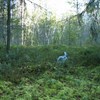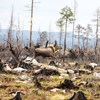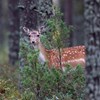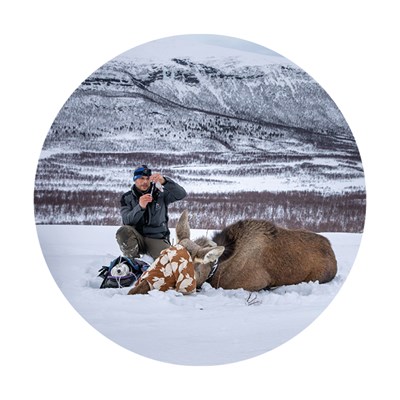Climate change, biodiversity loss and land use change are major, interlinked, drivers of global change that threaten the future of ecosystems and the human societies depending on them. Rewilding, the restoration of wildlife populations and their functional ecological roles, is increasingly presented as a win-win opportunity that can restore biodiversity, mitigate climate change and promote human well-being.
In this subtheme, we critically analyse rewilding and its potential effects on biodiversity, climate drivers and human well-being. Our focus is global and ranges from the savannas and grasslands of southern Africa, the rainforests of Madagascar, to human-dominated systems in Europe. Together with partners in these regions, we investigate patterns and drivers of wildlife loss and recovery, including active and passive rewilding, and the role of climate and land use change. We simultaneously evaluate rewilding as climate action and biodiversity restoration opportunity through studying how rewilding, but also the loss of wildlife, affects essential earth system processes such as the carbon cycle and albedo, fire, biogeochemistry, and biodiversity.
Moreover, with collaborators from other disciplines we look at how rewilding affects human well-being. With local partners, we use our findings to co-create nature-based opportunities that restore wildlife while simultaneously tackling global sustainability challenges.



